My last posts covered some of the attractions in Mainz, the markets, the cathedrals and museums (see here, here and here). Another place we had highlighted to visit on our trip was the Judengasse Museum (Jewish Lane) and Friedhof (Cemetery) in nearby Frankfurt am Main. Since it was a rather wet and dreary day in Mainz, we decided to take the short train ride (about 25 minutes) up to Frankfurt with our aim to take in the Jewish Museum there. We could have walked from the Hauptbahnhof (main station) but with the inclement weather opted to take the U Bahn out there – a few stops on the metro to Konstablerwache Station. The Museum is situated a short walk away on the corner of Battonnstrasse.
The Jewish Museum in Frankfurt is actually in the midst of renovations and currently only a part of it covering the Early Modern period of history up to 1800 is open to the public. Another permanent exhibition of Jewish life in Germany post 1800 is due to open in the old Rothschilds’ house (Rothschild Palais) in April 2020.
In 1987 excavations in Battonnstrasse uncovered what turned out to be the remains of old Jewish settlements. In fact it was the site of the Judengasse and the old Jewish ghetto, which had first been built in 1492 when the authorities forced all Jewish residents to relocate to one small part of town. The crescent-shaped ghetto built up over the centuries to form a rabbit warren of buildings, many housing several families together, with their lives all closely controlled by the local authorities. The Judengasse was surrounded by walls and access was only possible via three gates, which were closed each night and on Christian holidays.
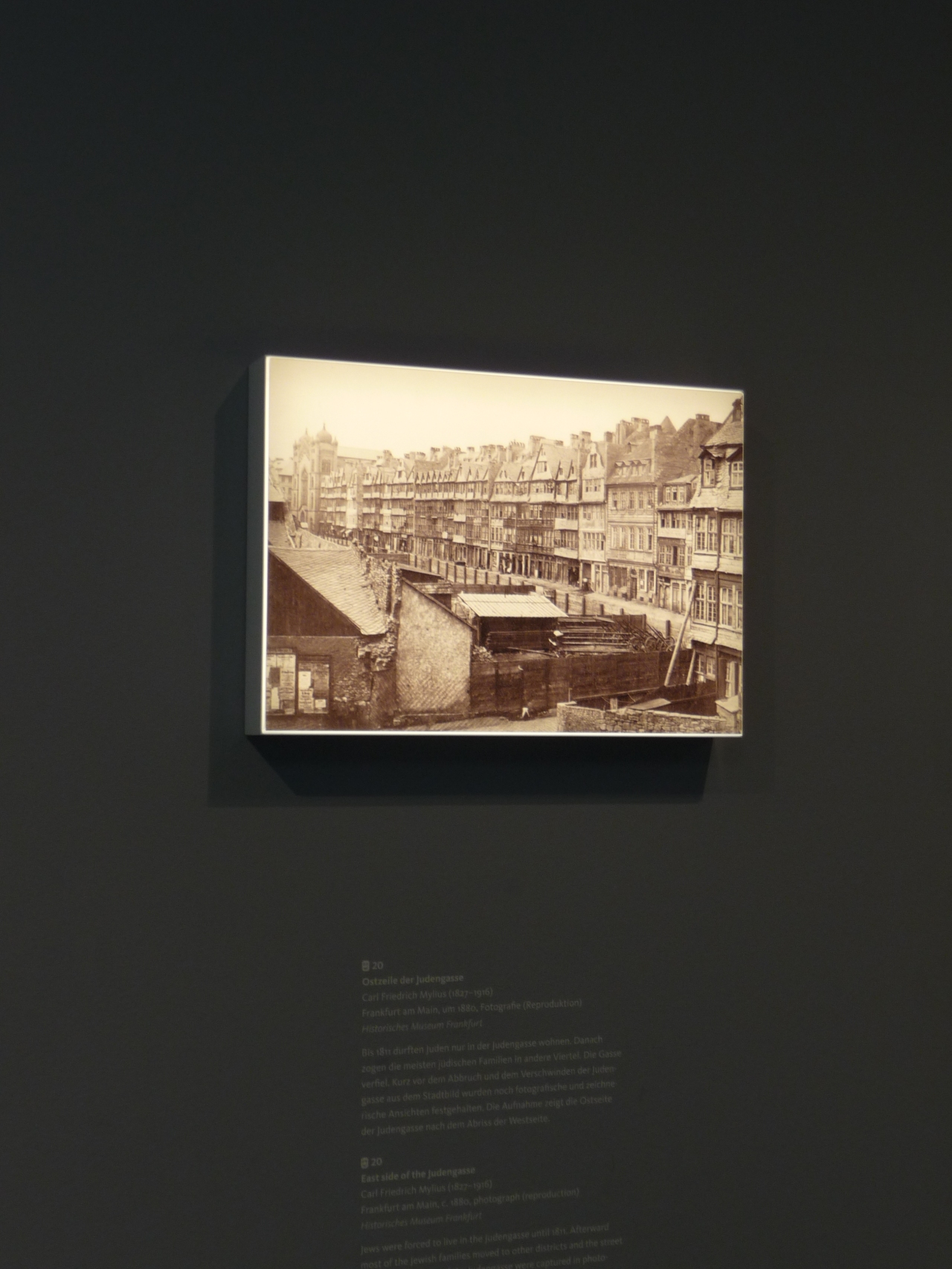
Over the years many residents became wealthy and there were some fine homes occupied by wealthy merchants plus a couple of beautifully decorated synagogues. From an original population of only about 150 to 200 people the Jewish quarter grew to 3000 in the 18th century before being dissolved in 1796. Not surprisingly given the confined quarters, a huge fire broke out in 1711 burning most of the ghetto to the ground though it was later reconstructed (see here for more information).
We were able to visit the exhibition depicting Jewish life during the period up to the closure of the ghetto in the late 18th century. There were some old photos including one taken of the Judengasse in the 19th century when only half of the original buildings were still intact following the relaxation of the Ghetto restrictions. An interactive model of the Judengasse and its homes provided a visual idea of the proximity of the homes, the inhabitants and their daily lives.
The main section is a fascinating tour through half a dozen of the houses excavated in the 1980s, again interspersed with some background information on some of the residents who lived here. The photos are rather dark owing to the low lighting in the museum and the prohibition of flash photography, but hopefully they convey an idea of the exhibits.
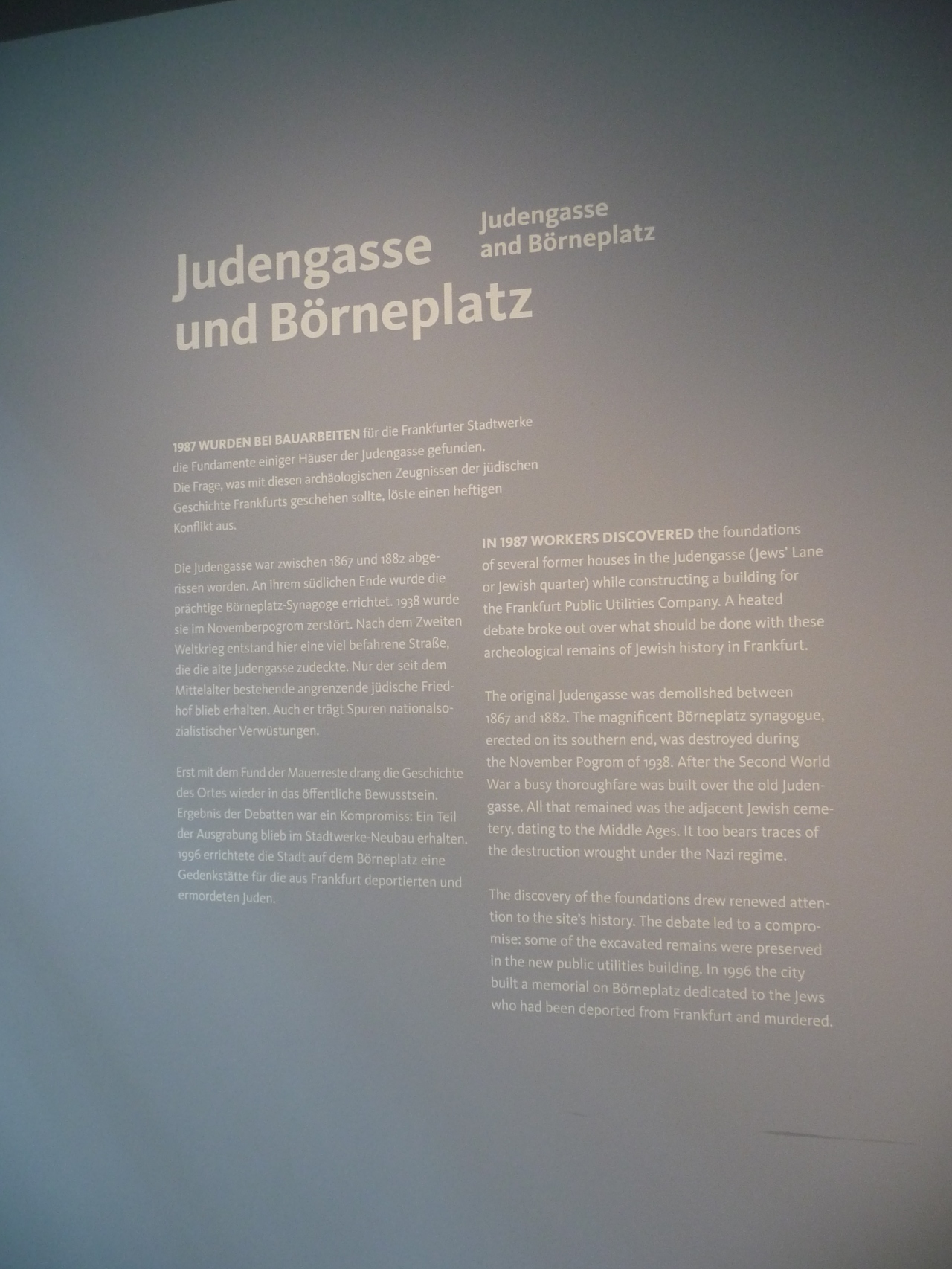
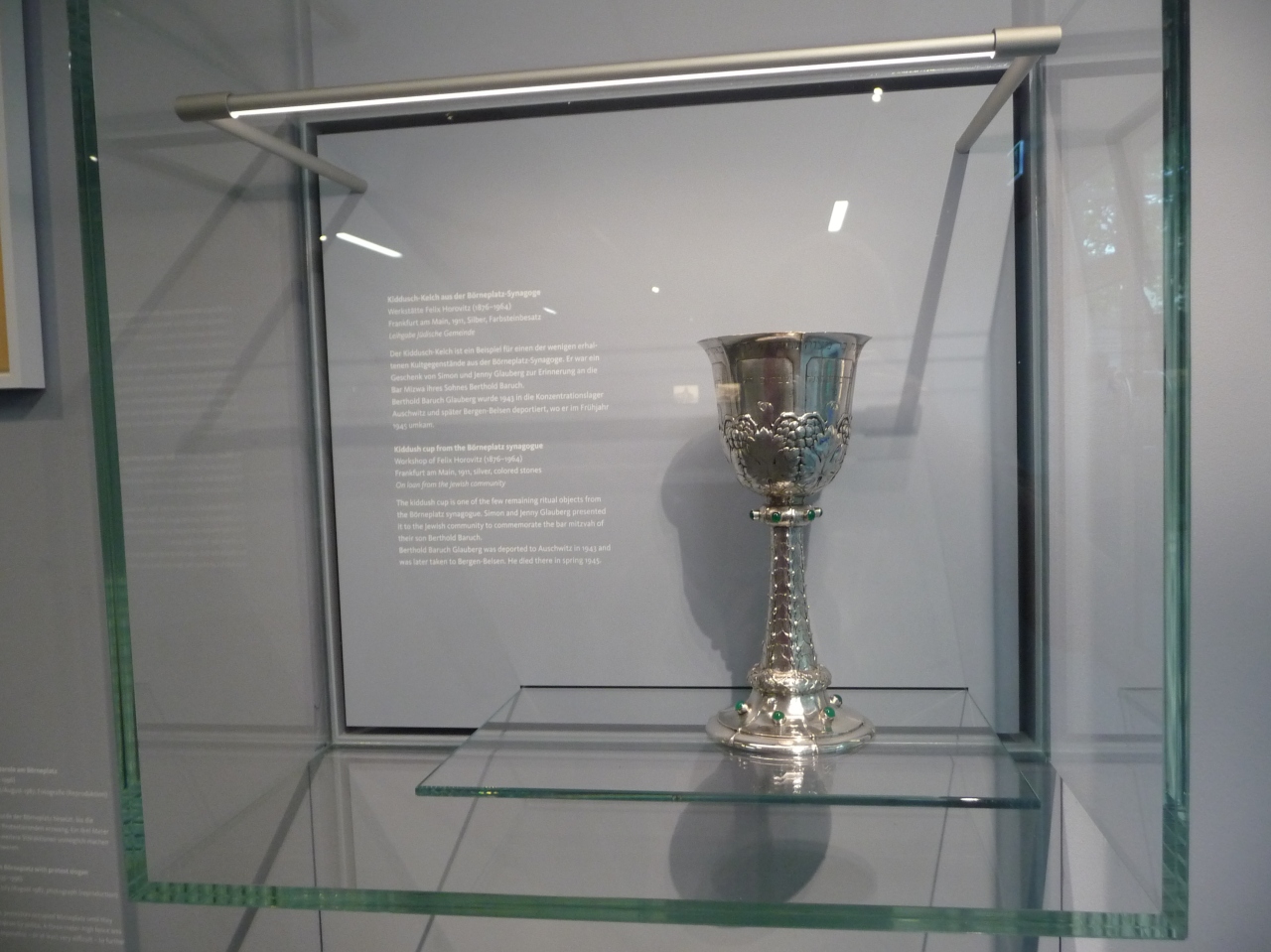
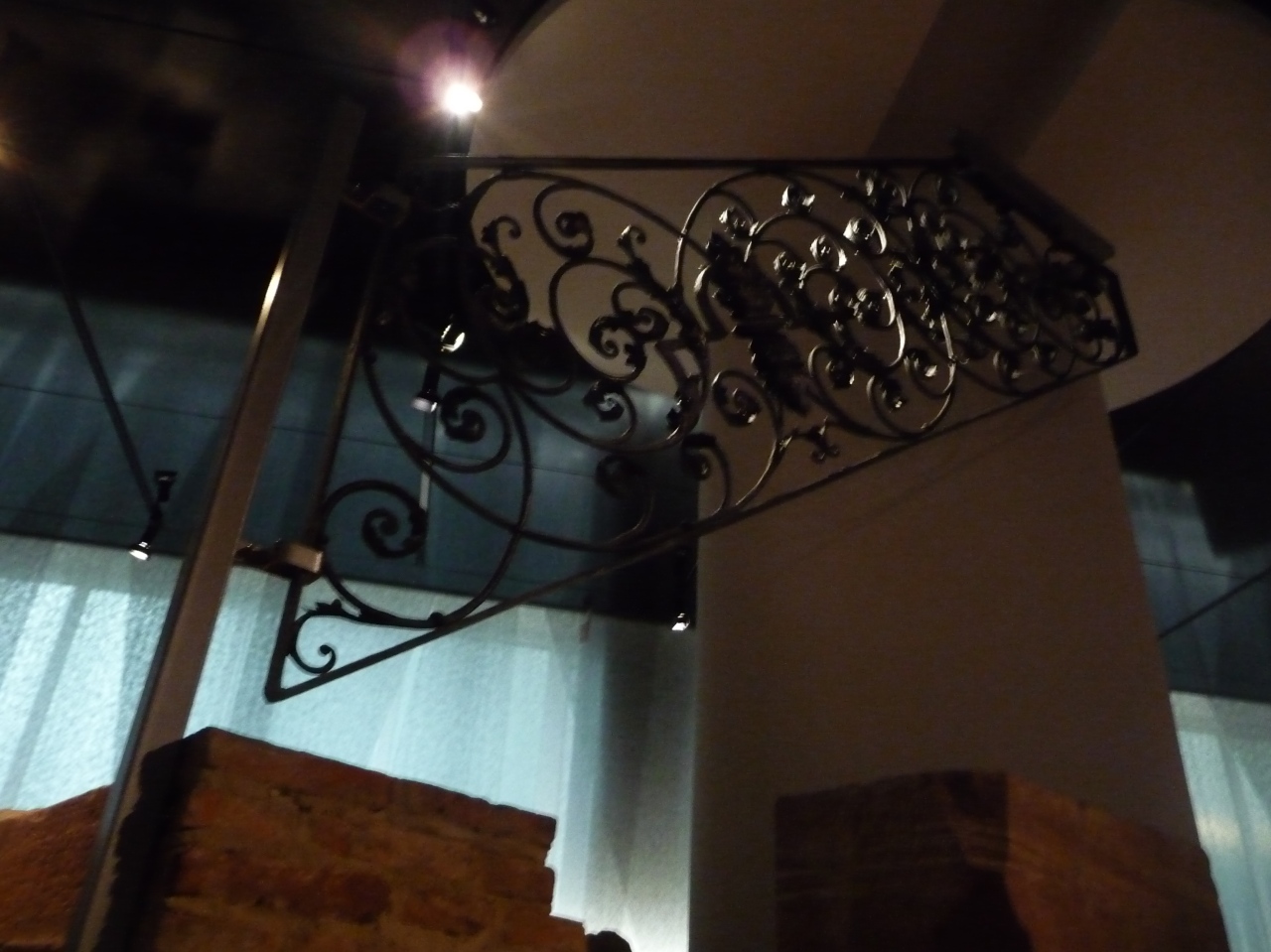
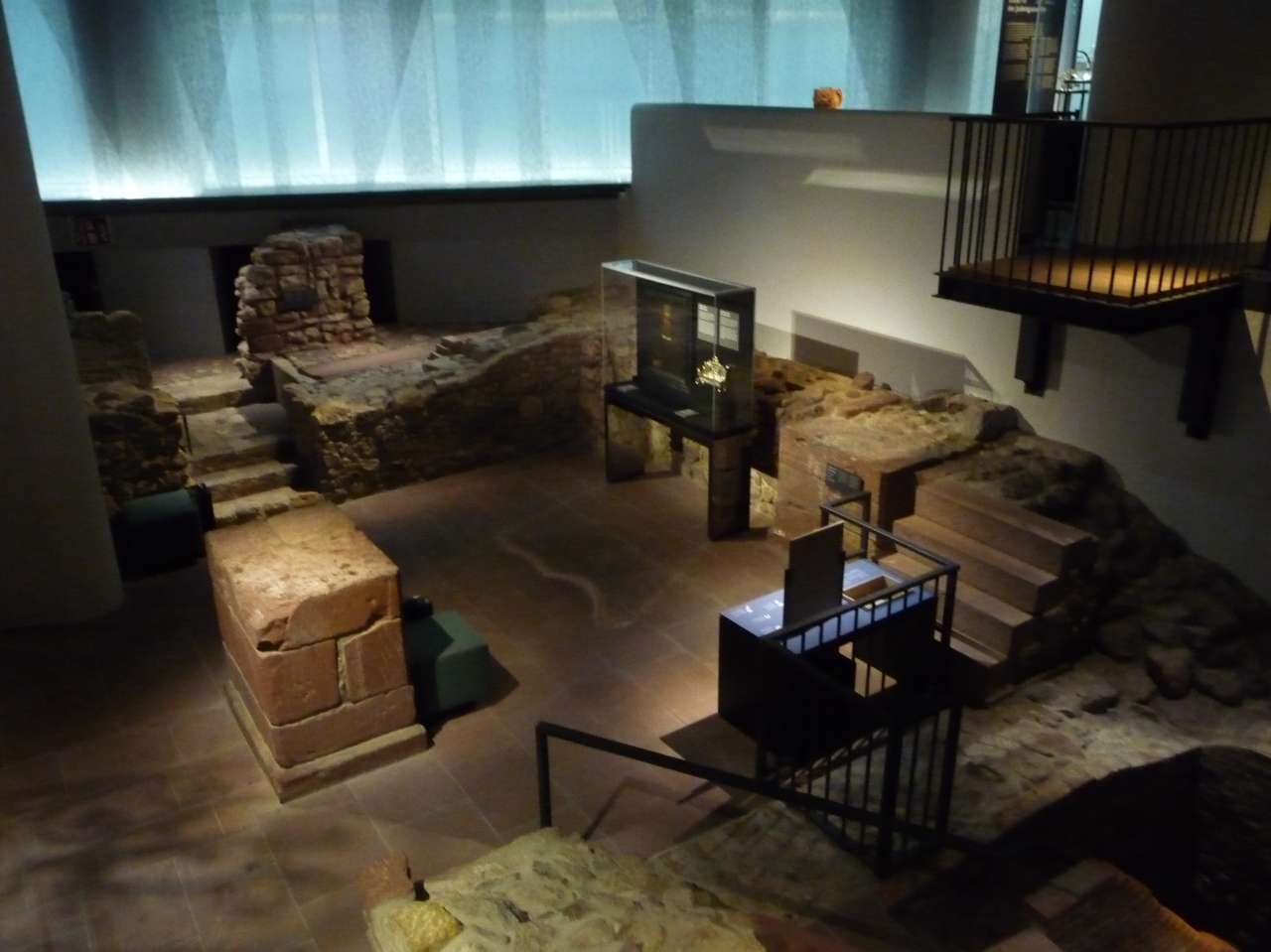
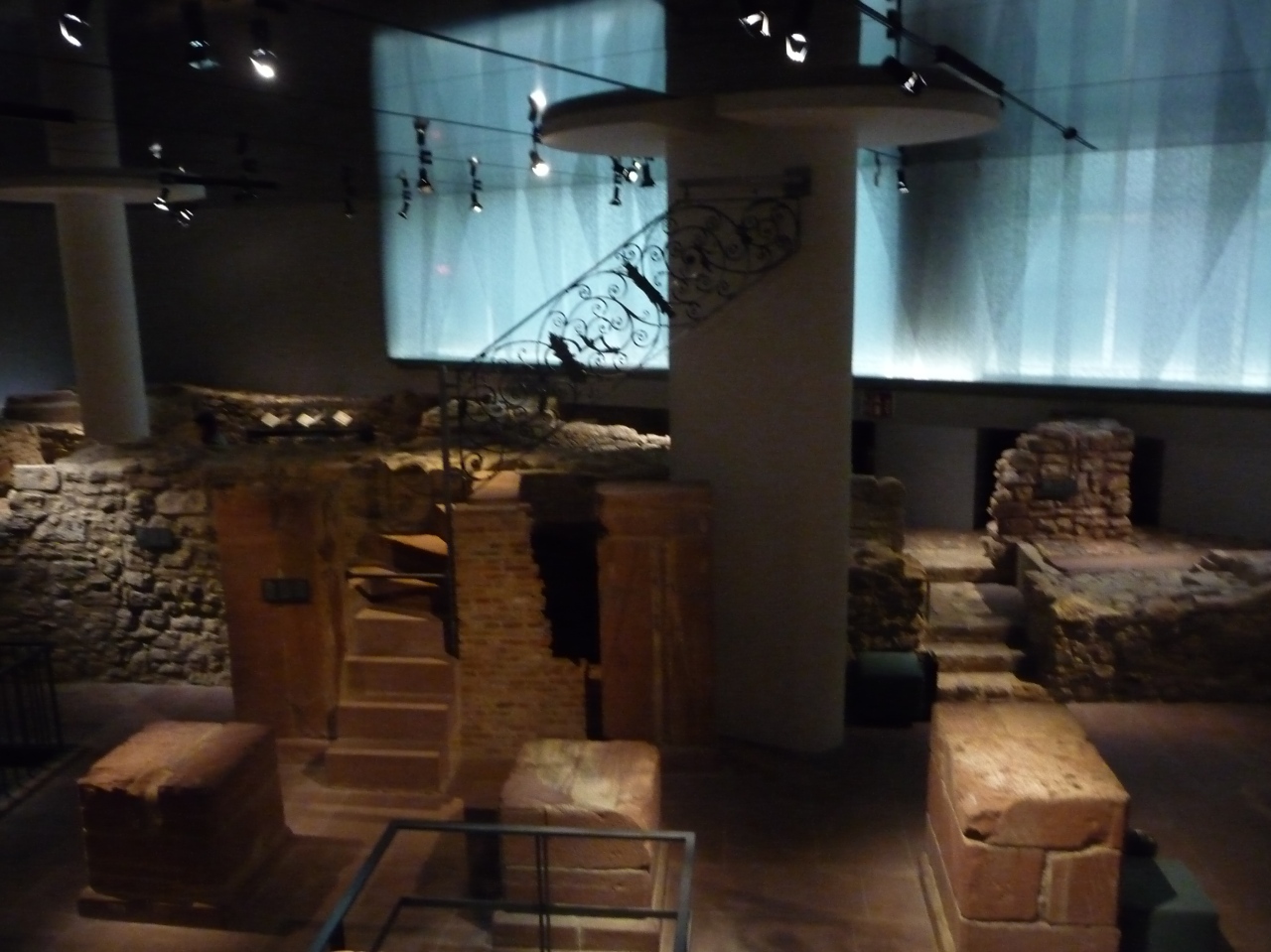
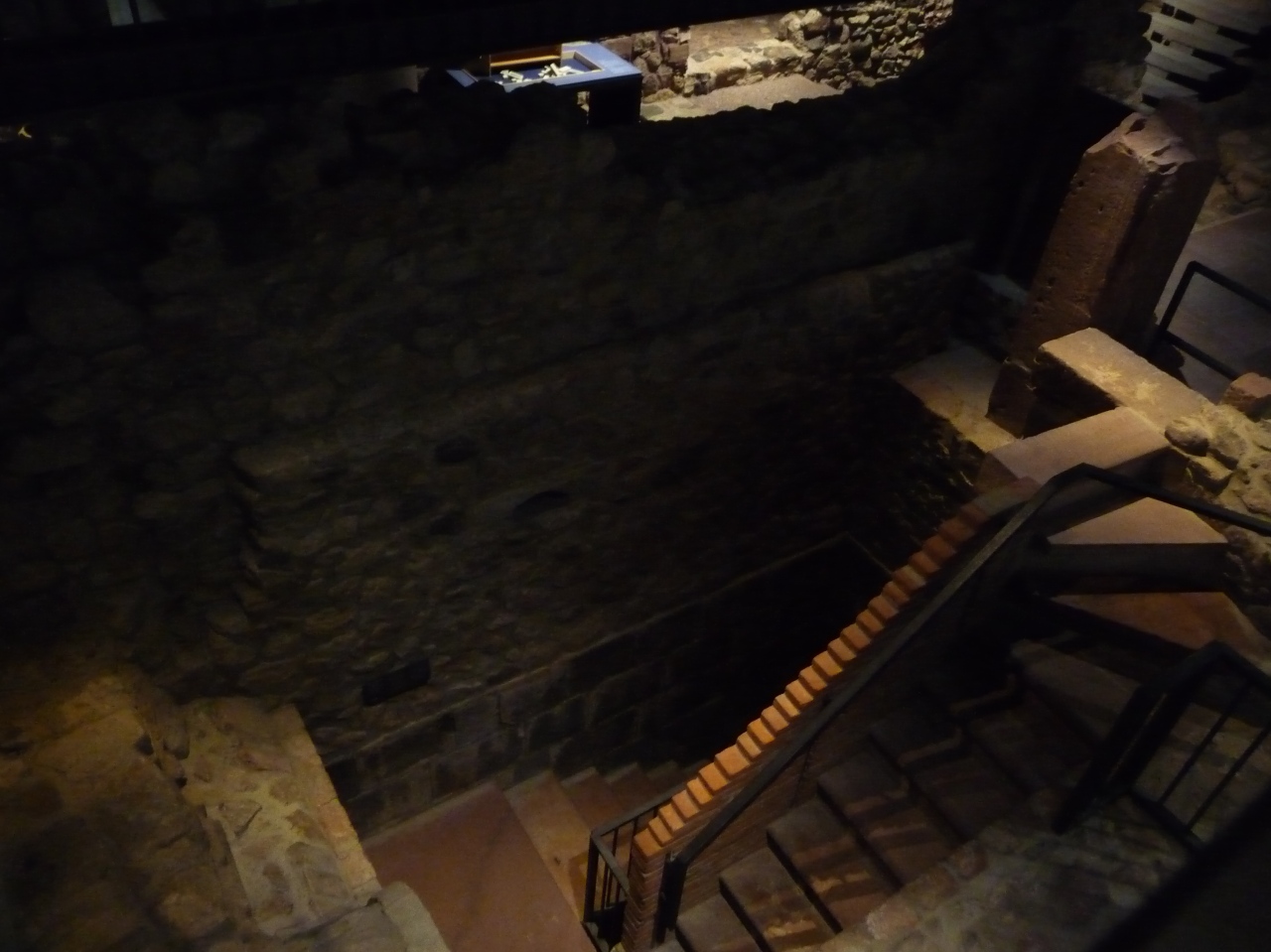
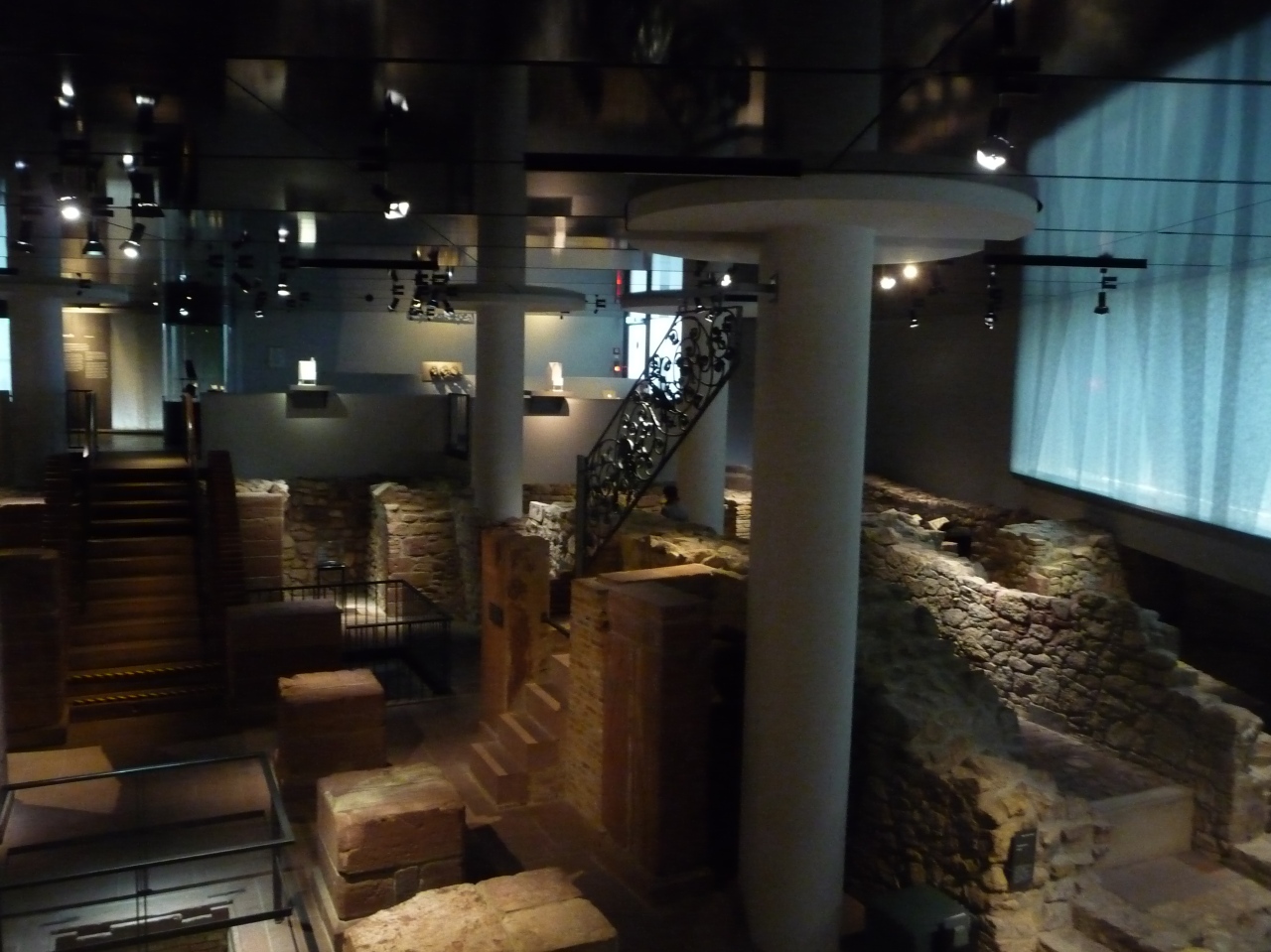
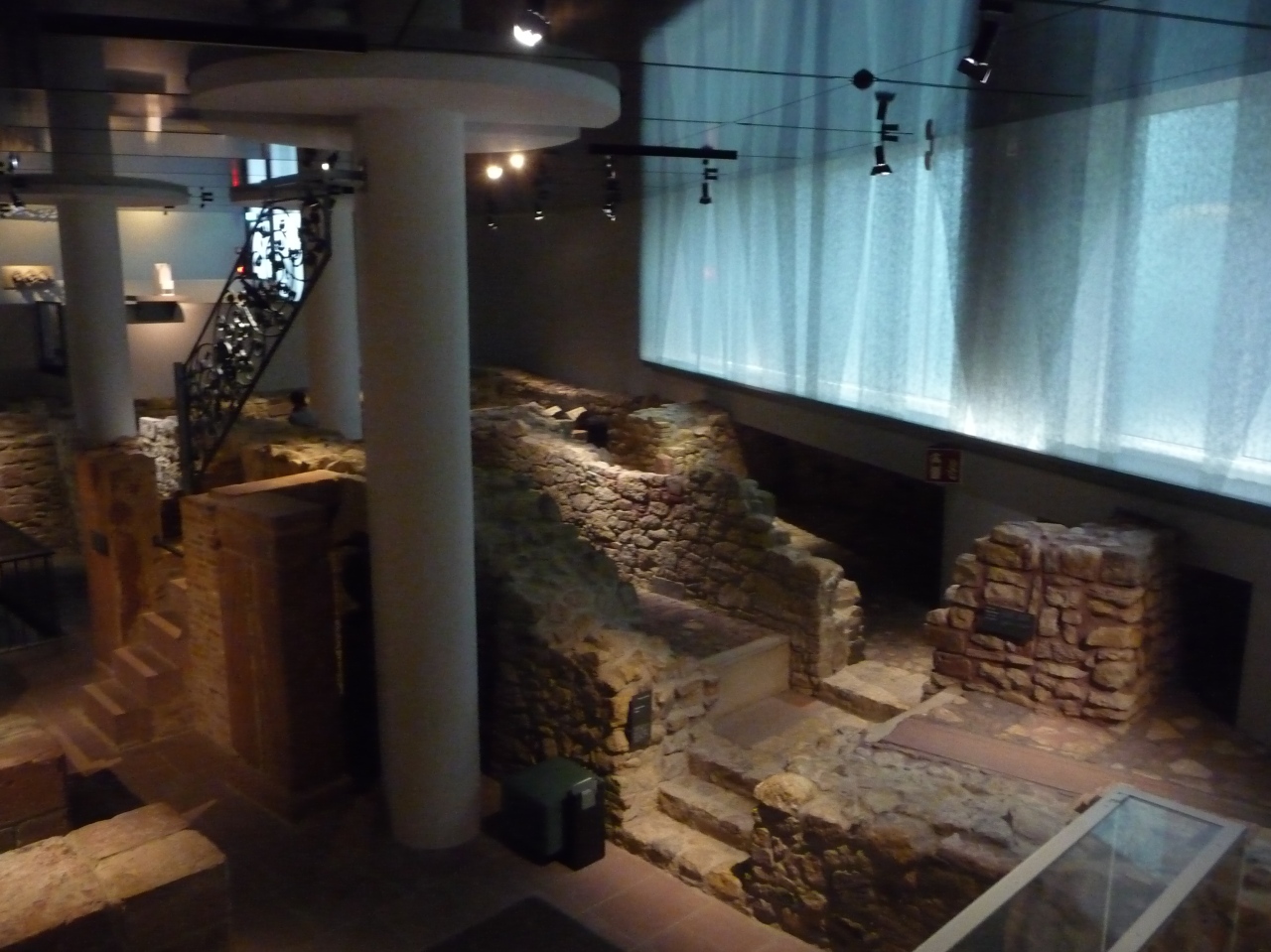
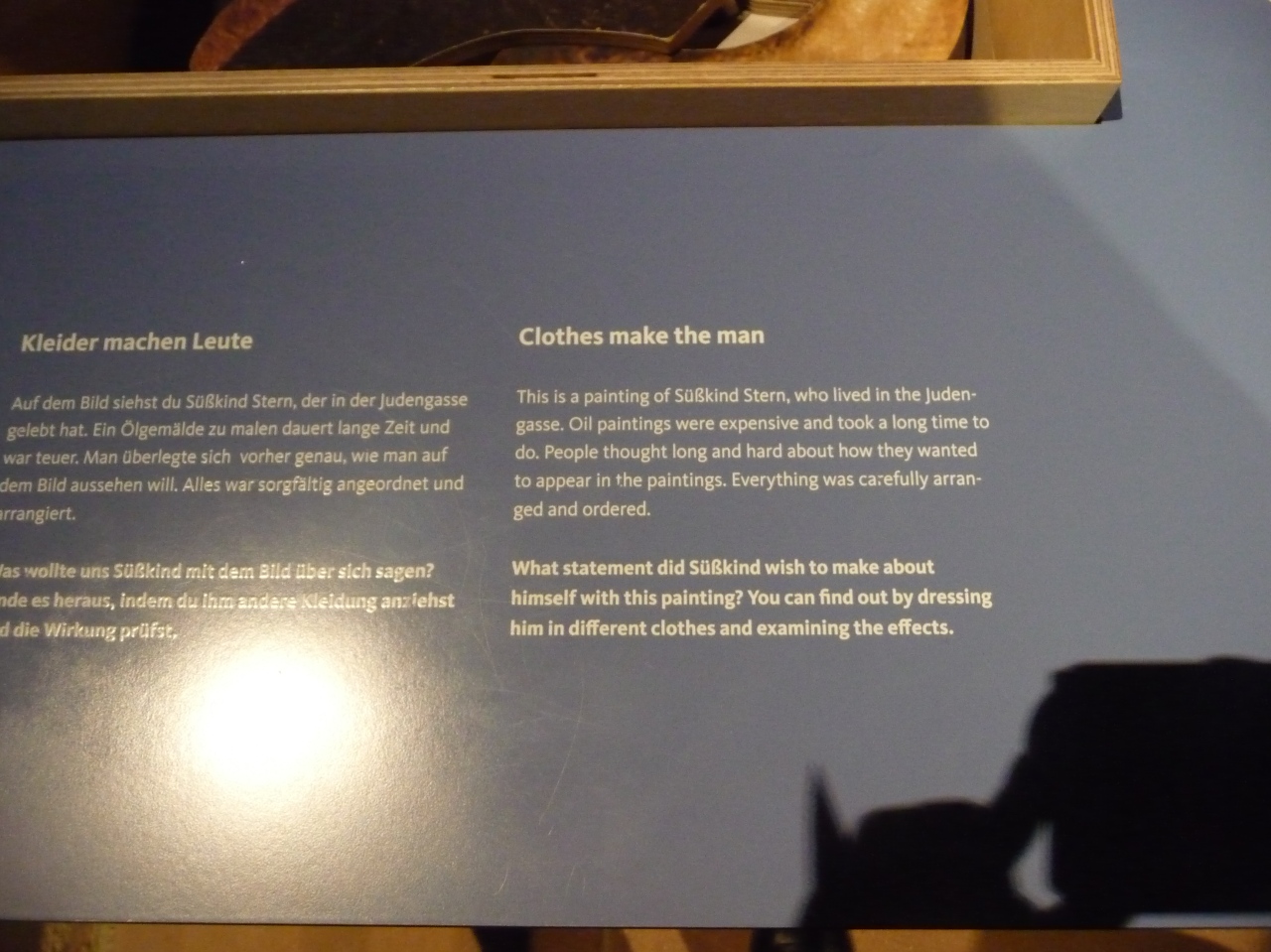
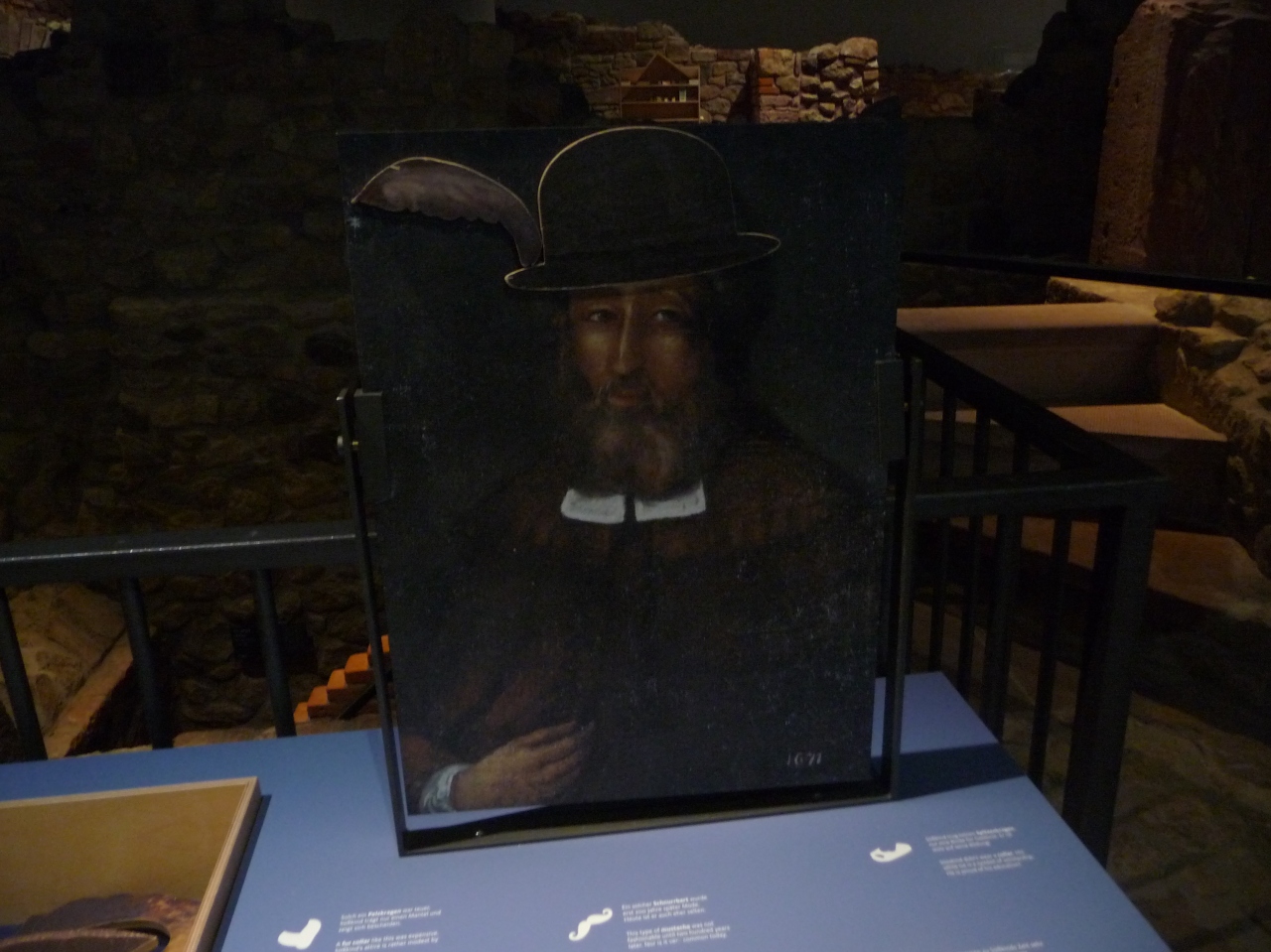
Outside the museum we visited the Boerneplatz Memorial Site – a wall covered with simple stone plaques commemorating the lives of Frankfurt residents murdered during the Holocaust (known as the Shoah by the Jewish people). It was a moving tribute adjacent to the remains of the old Jewish Friedhof (Cemetery). The Battonnstrasse Cemetery is the second oldest preserved Jewish cemetery north of the Alps. The oldest is in Worms, on the River Rhine south of Mainz, which we also visited later in our trip. Although many gravestones were destroyed by the Nazis during the 2nd World War some graves were preserved and the end of the war thankfully interrupted further destruction. You can get the cemetery gate key from the desk in the Jewish Museum for a security fee if you wish to look round. We were, however, able to peer through the cemetery gates and see the tree-filled area with the remaining graves over to one side. It was a moving experience – the oldest graves date back to 1272.
The Jewish Museum is well worth a visit if you are in the Frankfurt am Main area – it’s a poignant and fascinating insight into the way of life in the old Judengasse in Frankfurt.
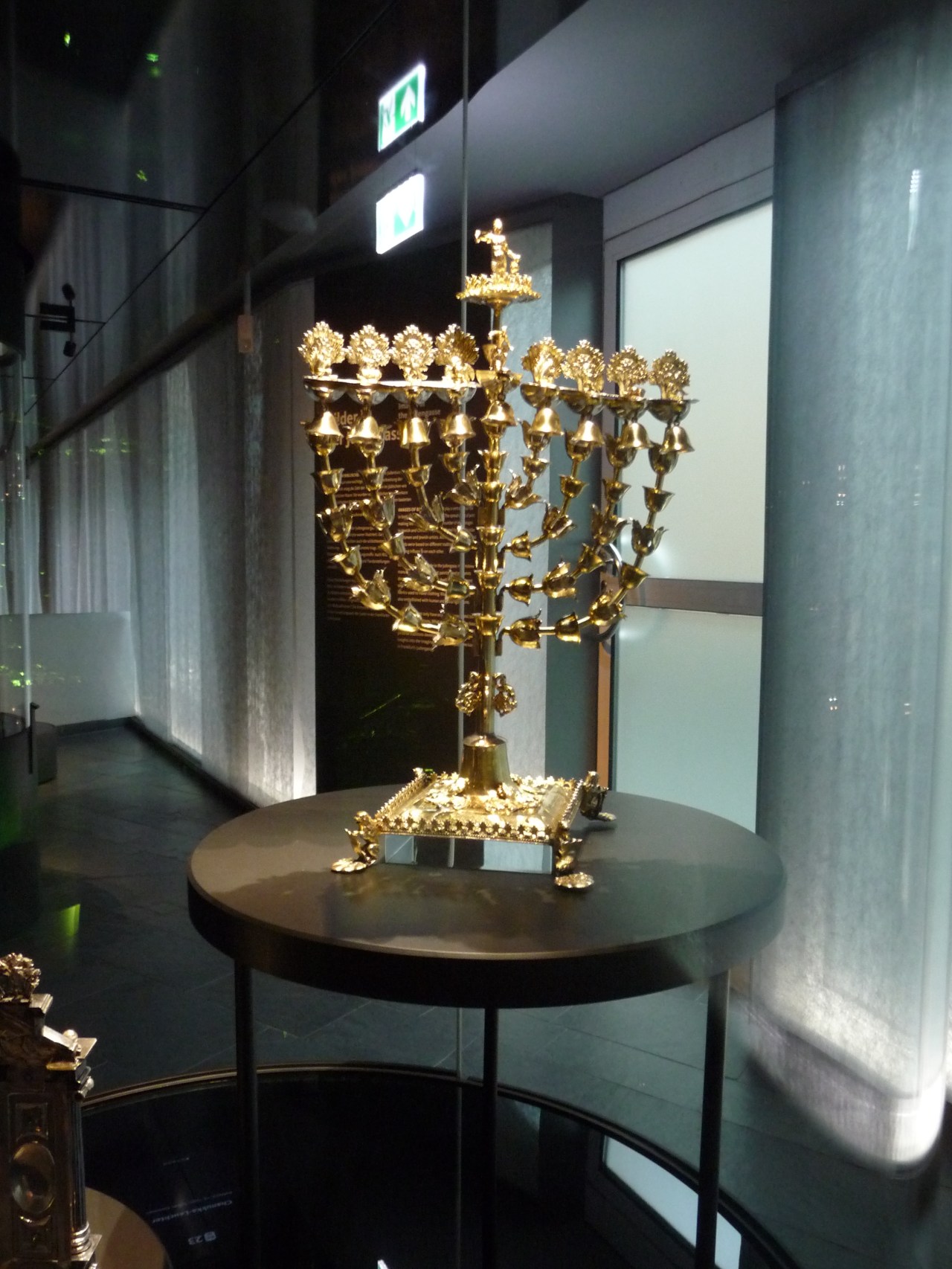
Copyright © 2019 Rosemary Thomas Le Chic En Rose. All rights reserved









I love it when museums bring history to life. Oppression of the Jews goes back a long way, doesn’t it? Someone always has to be the scapegoat. Hope life has settled down a bit for you, Rosemay? Before long we’ll be full tilt at that awful ‘C’ word 🙂 🙂
LikeLiked by 1 person
Yes I find it fascinating to know the stories behind people’s lives Jo and this museum conveyed the story of Frankfurt’s Jewish population in an engaging way. Certainly the oppression of the Jews is an age old story – quite horrifying really the need for a scapegoat 😦 Life is settling down though as you say the festive season appears to be looming already – I have diary dates for a Christmas concert already! Hope things are well with you too and I will be along soon to check out what is happening over your way! 🙂
LikeLiked by 1 person
It looks spectacularly interesting! The excavated buildings, inside the museum, is a really unusual approach. Looks well worth a visit!
LikeLiked by 1 person
It’s very interesting Kerry and well worth a visit! Such a novel idea to effectively build the museum around the excavated buildings – you felt you were walking back in time and experiencing a glimpse into the way of life in the old Jewish quarter! The fact that one knows only too well the tragic fate of many of the descendants of the original Judengasse residents makes it all especially poignant too.
LikeLike
It’s so interesting to explore the many museums in Germany and Central Europe generally which celebrate the contributions made by their Jewish communities in so many different ways. This looks a fine example.
LikeLiked by 1 person
Yes there are so many interesting museums in this part of the world Margaret. It is so good to see them celebrating the wonderful contributions in so many fields made by the Jewish communities in these regions although so sobering that these communities no longer exist in the way they used to. That being said museums such as the one in Frankfurt are doing their best to ensure these important contributions are not forgotten and putting on cultural events and similar with the present Jewish communities today in places like Frankfurt and Mainz much altered of course from the pre 2nd World War era.
LikeLiked by 1 person
Fascinating and sad at the same time, particularly since we know the fate of the Jewish population in this part of the world. Thank you for sharing your visit.
LikeLiked by 1 person
Thanks Gilda yes agree it stirs up very mixed emotions – fascinating and sad at the same time. I think it so important that the museums here present information about the Jewish way of life and the contribution they made in so many ways to society.
LikeLike